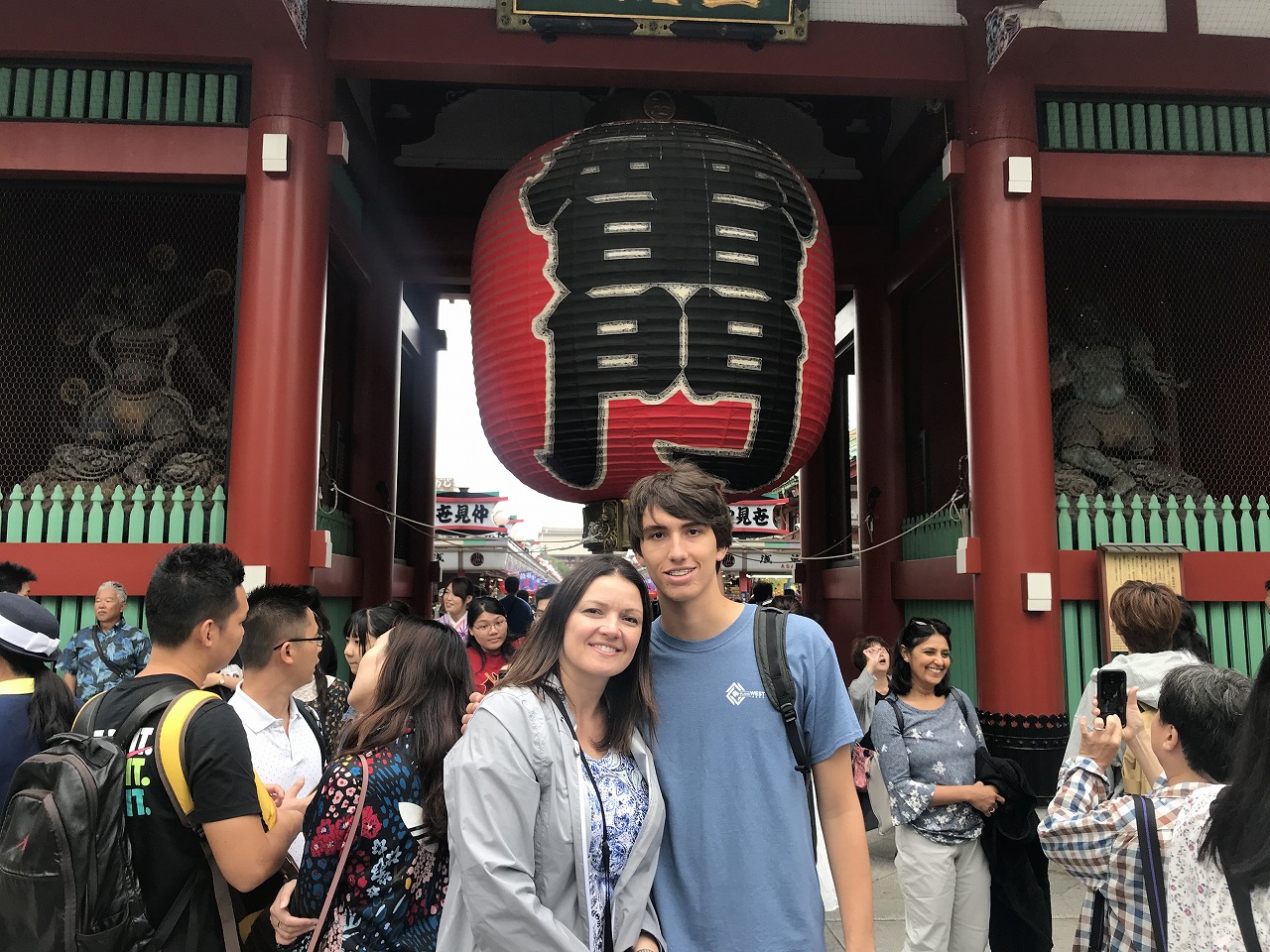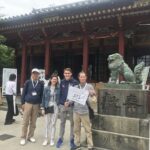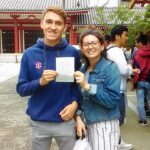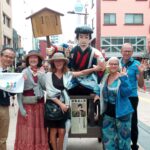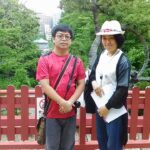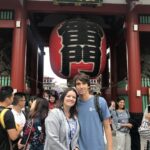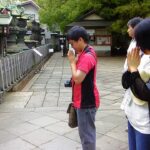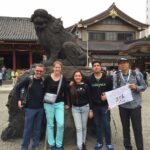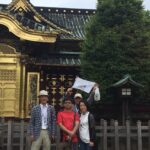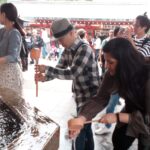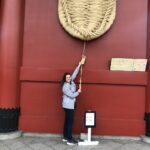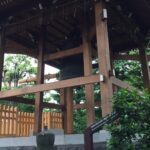Thank you so much for joining the tours in Asakusa and Ueno Park on Jun 9. We welcomed 17 guests from USA, UK, Germany, Mexico, Philippines and India.
Tokyo entered the rainy season on June 7. The weather forecast told that there could be raining but thankfully it was not happened. Cloudy and a little humid but not so hot. It began to rain after night, so we were lucky.
We really appreciate all guest for sharing your precious time together and enjoyed our tour and conversations with the guests. We are often inspired by unexpected questions and information from our guests and today’s tours were definitely the ones. We wish our guests had the good time with us, too.
Speaking of time, June 10 is “Time Day” in Japan. It is not a national holiday, but I think it is one of the candidates because there are no national holidays in June. The Emperor Tenchi, who is the 38th Emperor, on June 10 in 671, approximately 1350 years ago, first made a water clock and made it a time clock to Otsu in current Shiga prefecture. Based on the historical event, Time Day was enacted in 1920.
Time went down in the Edo period, from the 17th thorough early 19th centuries, most people in Edo city (now Tokyo) knew the time with the sound of a bell. The day was divided into 12 units, but the length of one unit changed depending on the season because it was an irregular time method. At the beginning a bell was in Edo Castle (now East garden of the Imperial Palace) for Samurai, and “Bell of Time” was set in Nihonbashi at first for citizens. It is said that at least total 9 bells were made in Edo city (now Tokyo). Two of them are currently in Ueno Park and Asakusa.
It is said that the order of those bells to strike was decided, and in order not to make a significant delay among them, at fist the bell hit three times for notifying and then the indicated the time. The famous Edo period poet Basho Matsuo listened to the sound of the bells and left a famous poem called “A cloud of flowers, Is that the bell from Ueno or Asakusa?”.
In the late 19th century, Japan began to make its way to a modern nation, and along with that, the introduction of the on-time law and the spread of watches, the Bell of Time ended its role. However, even now, the bells of Ueno Park are reminiscent of the old-fashioned tone three times at 6 o’clock in the morning and at 6 o’clock in the morning and at noon by those who protect the belfry.
As you can see, Asakusa and Ueno are full of other attractions where you can learn about Japanese history and customs. Of course, do not forget “East garden of the Imperial Palace” and “Meiji Jingu Shrine & Harajuku”. Please take part in our free walking tours and let us help you to enjoy your stay in Japan. We look forward to sharing the wonderful time with you together.
(Posted by Toyo)

